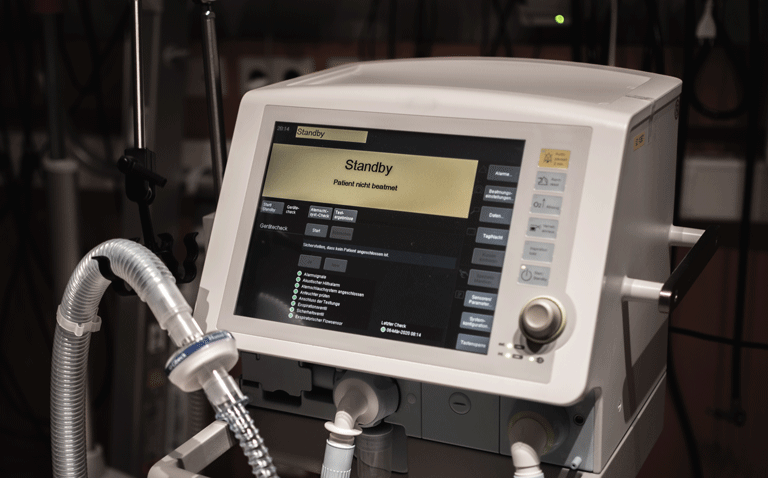Using either a lower, intermediate or higher oxygen saturation target does not affect 28-day mortality or the number of mechanical ventilation-free days among critically ill patients according to the findings of the PILOT randomised trial by US researchers.
Invasive mechanical ventilation is an intervention that is frequently used in patients with acute respiratory failure, and which can be hypoxic or hypercapnic.
Nevertheless, such patients are at a high risk of death with one study finding that nearly half (44%) of patients receiving mechanical ventilation for longer than 14 days died.
The fraction of inspired oxygen is adjusted in mechanically ventilated patients to maintain arterial oxygen saturation although the oxygenation target which provides the best clinical outcomes for patients remains unclear.
For example, too much oxygen (hyperoxemia) can result in acute lung injury, whereas hypoxia is associated with tissue damage and increased in-hospital mortality.
Moreover, trial data on the optimal oxygen target are conflicting. For instance, using either a low-normal or high-normal showed no difference in organ dysfunction, whereas another study found that a conservative protocol for oxygen therapy versus conventional therapy resulted in lower intensive care mortality.
In contrast, use of a higher target, i.e. more liberal oxygen therapy improved 28-day mortality compared to a conservative-oxygenation strategy.
For the present PILOT study, patients within an emergency and critical care department were randomised to a lower target for oxygen saturation (90%), an intermediate target (94%) or a higher target (98%).
The primary outcome was the number of days alive and free of mechanical ventilation (ventilation-free days), defined from the day of ventilation through to day 28. The sole secondary outcome was death from any cause by day 28.
Oxygen saturation target and mortality
A total of 2541 patients with a median age of 53.3 years (45.4% female) were randomised to either the lower (808), intermediate (859) or higher oxygen target (874).
The median number of ventilation-free days ranged from 20 to 21 for the three groups and was not statistically different (p = 0.81).
Similarly, there were no significant differences between the groups for in-hospital mortality at day 28. In addition, there were no differences in the incidence of adverse cardiac events e.g., arrhythmia or myocardial infarction.
The authors concluded that ventilation-free days did not differ depending on the oxygen saturation target.
Citation
Semler MW et al. Oxygen-Saturation Targets for Critically Ill Adults Receiving Mechanical Ventilation. N Eng J Med 2022.










